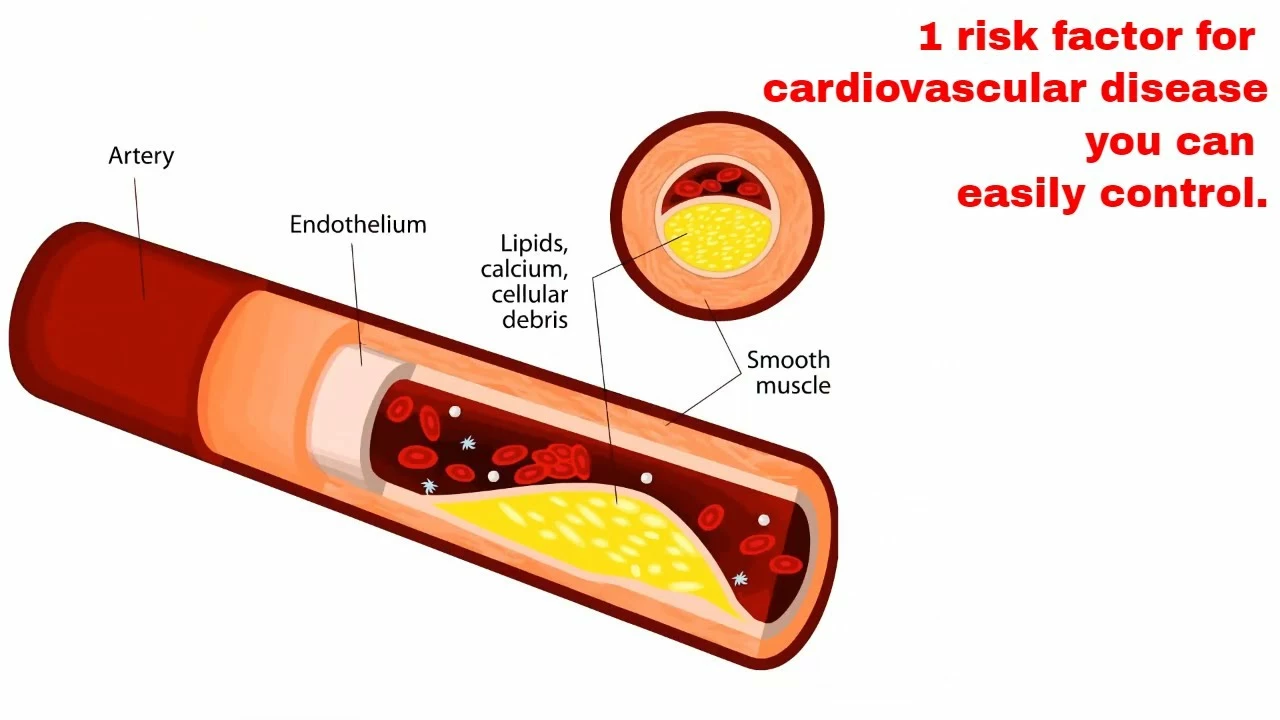Cholesterol Reduction: Easy Ways to Lower Bad Cholesterol
If you’ve seen a high LDL number on your lab report, you’re not alone. Millions of people wonder how to bring that figure down without juggling endless pills or confusing diets. The good news? Small changes in what you eat, move, and take can make a big difference fast.
Diet Changes That Actually Work
The first line of defense is what lands on your plate. Swap out refined carbs for whole grains like oats, brown rice or quinoa – they help keep blood sugar stable and reduce the liver’s cholesterol output. Add a handful of nuts (almonds, walnuts) each day; the healthy fats in them compete with saturated fat and lower LDL levels.
Don’t forget fiber. Soluble fiber found in beans, lentils, apples and carrots binds cholesterol in the gut and pushes it out before it can enter your bloodstream. Aim for at least 25‑30 g of fiber daily – that’s roughly one cup of cooked beans plus a piece of fruit.
Cut back on processed meats and full‑fat dairy. Choose skinless chicken, fish, or plant‑based proteins instead. If you love eggs, stick to the whites or use cholesterol‑friendly egg substitutes; the yolk is where most of the cholesterol sits.
Medications & Supplements That Support Reduction
When diet alone isn’t enough, doctors may prescribe statins – they’re proven to cut LDL by 20‑50 %. If you worry about side effects, ask about low‑dose options or newer drugs like PCSK9 inhibitors that work differently and can be combined with a milder statin.
Natural supplements are also worth a look. Red yeast rice contains monacolin K, a compound chemically similar to the active part of some statins. A daily dose of 1200 mg has shown modest LDL drops without prescription‑level risks. Plant sterols and stanols—found in fortified spreads—block cholesterol absorption and can shave off another 5‑10 %.
Omega‑3 fatty acids from fish oil or algae not only lower triglycerides but also improve overall heart health. Take 1‑2 grams daily with meals to see benefits within a few weeks.
Before adding any supplement, check with your pharmacist or doctor. Some products can interact with prescription meds, especially blood thinners or certain cholesterol drugs.
Beyond pills and food, staying active is key. Even 30 minutes of brisk walking, cycling, or swimming most days boosts HDL (the “good” cholesterol) and helps the body process LDL more efficiently.
Finally, keep an eye on your numbers. A repeat lipid panel after three months of lifestyle changes tells you what’s working and where to tweak. If you’re not seeing progress, a quick chat with your healthcare provider can uncover hidden factors like thyroid issues or genetics that need special attention.
Ready to start? Pick one diet tip, add a daily walk, and schedule a lab test in a few weeks. Small steps add up, and lower cholesterol means a healthier heart for years to come.
The Role of Atorvastatin in Preventing Cardiovascular Disease
As a blogger, I've been researching the role of Atorvastatin in preventing cardiovascular disease. It turns out that this medication, commonly known as a statin, plays a significant role in lowering cholesterol levels, which in turn reduces the risk of heart attacks and strokes. By inhibiting an enzyme responsible for producing cholesterol in the liver, Atorvastatin helps maintain a healthy balance of good and bad cholesterol. Additionally, it's been found that this drug may also have anti-inflammatory properties, further contributing to improved cardiovascular health. Overall, Atorvastatin appears to be an essential tool in our fight against cardiovascular disease.
read more

